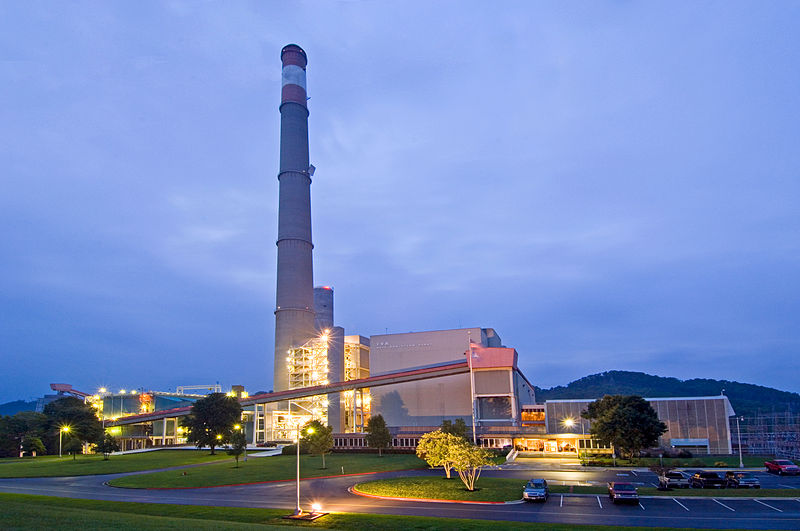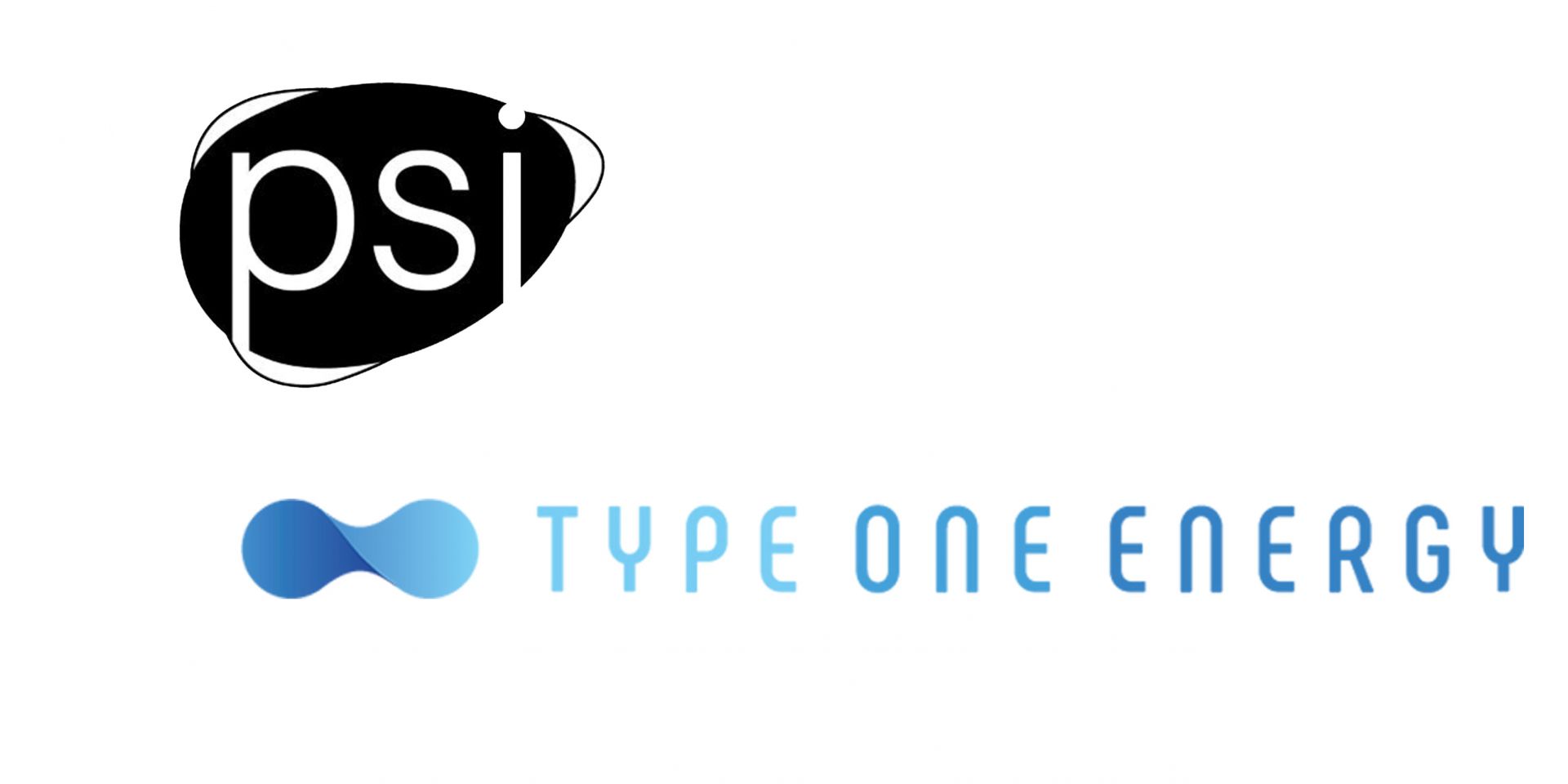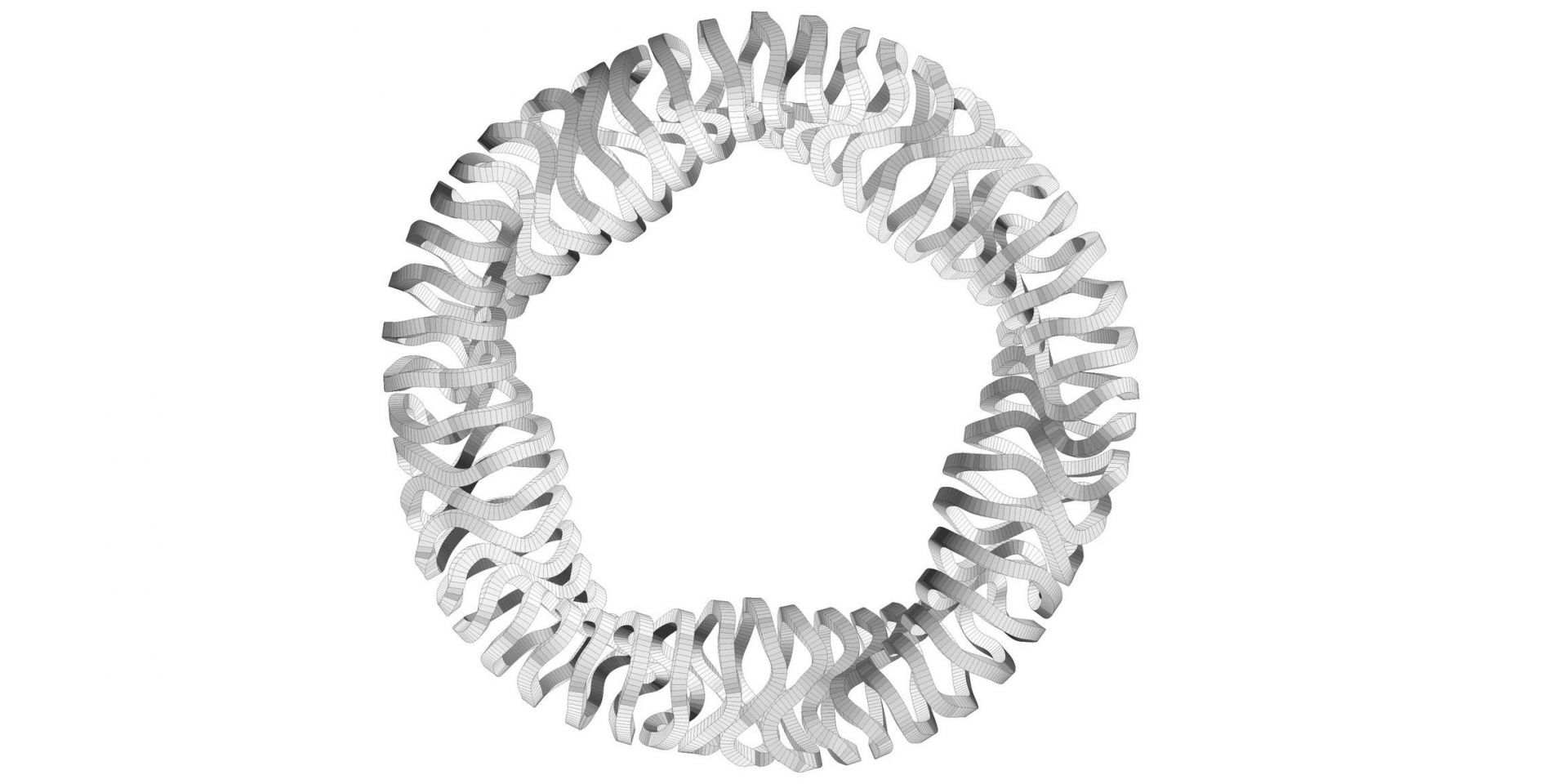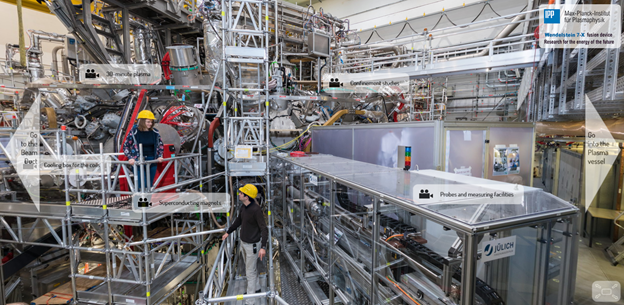TVA's Bull Run fossil plant. (Photo: TVA)
Type One Energy Group announced plans on February 21 to relocate its headquarters from Madison, Wis., to the Tennessee Valley Authority’s (TVA) Bull Run fossil plant in Clinton, Tenn., where it will build a stellarator fusion prototype machine. According to the company, the construction of the stellarator—called Infinity One—could begin in 2025, if necessary environmental reviews, partnership agreements, permits, and operating licenses are all in hand.
The magnet system of Wendelstein 7-X features 50 superconducting magnet coils. (Graphic: IPP)
The Max Planck Institute for Plasma Physics (IPP) was founded in Garching, Germany, in 1960, the same year that its Wendelstein 1a stellarator began operation. Wendelstein 7-X is now operating at IPP’s site in Greifswald, Germany, and one of the objectives the device was designed to achieve has recently been confirmed, IPP announced on August 12. Analysis by IPP scientists shows that the twisted magnetic coils of the device successfully control plasma energy losses, indicating that stellarator fusion devices could be suitable for power plants, according to a detailed analysis of experimental results published on August 11 in Nature.
The Max Planck Institute for Plasma Physics offers an interactive and informative 360-degree panoramic tour of Wendelstein 7-X. (Source: ipp.mpg.de)
U.S. scientists are getting funding to carry out seven research projects at two major stellarator fusion energy facilities located in Germany and Japan, the Department of Energy announced on June 8. A total of $6.4 million has been allocated for seven research projects with terms of up to three years.





